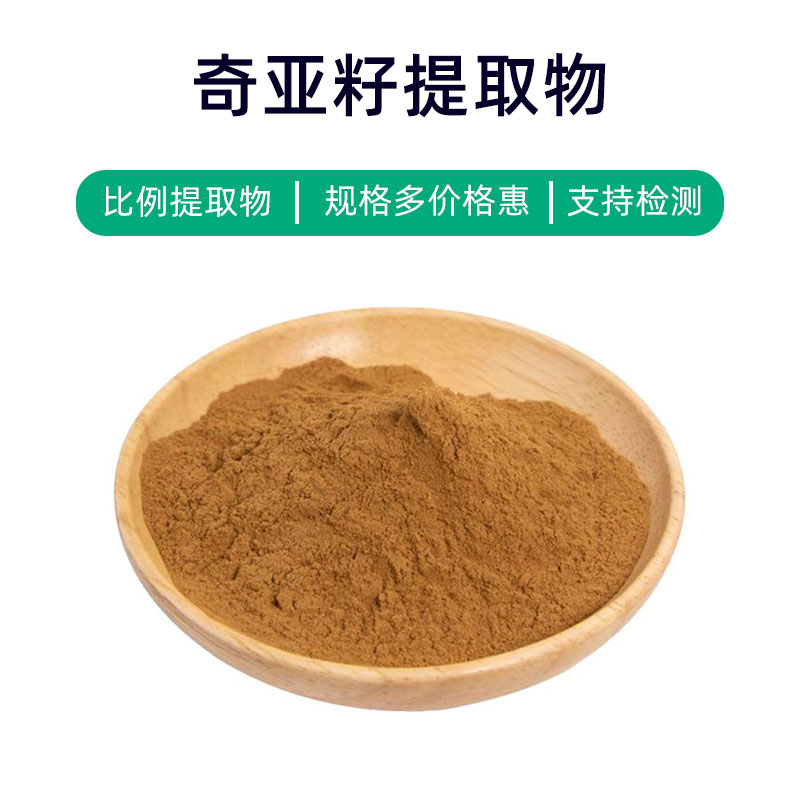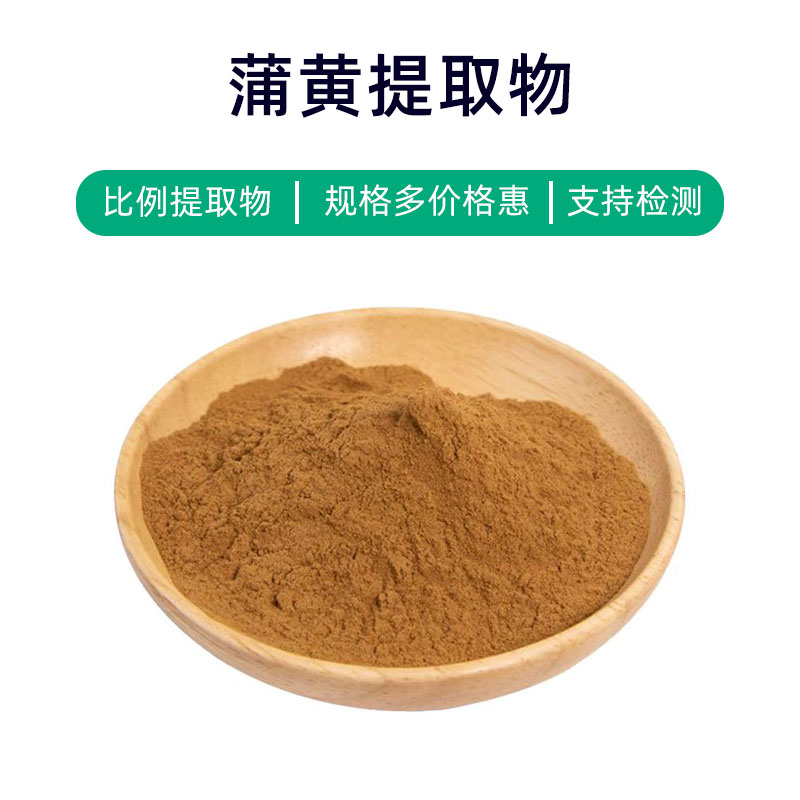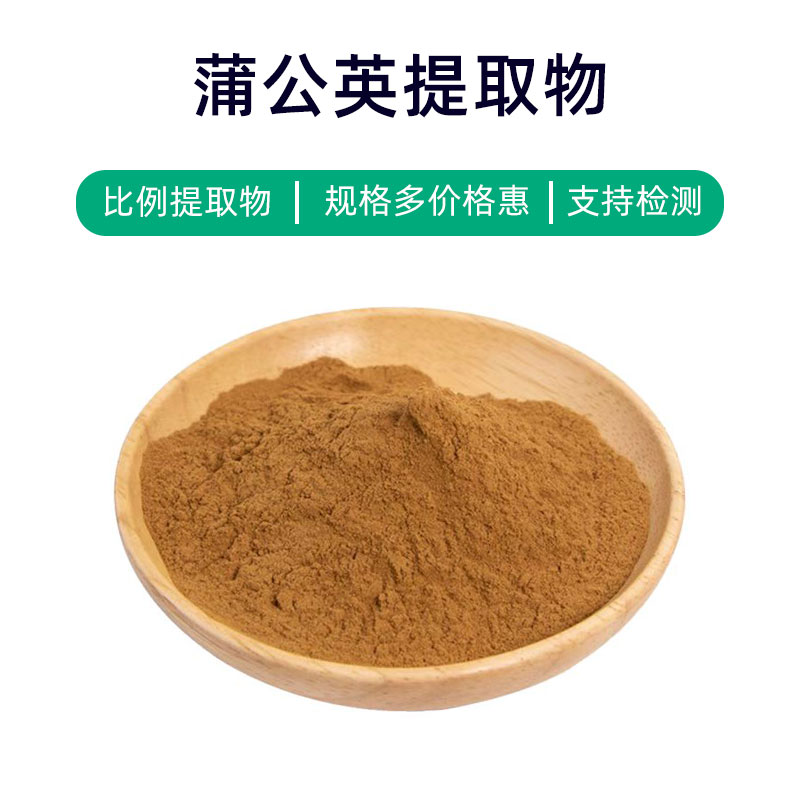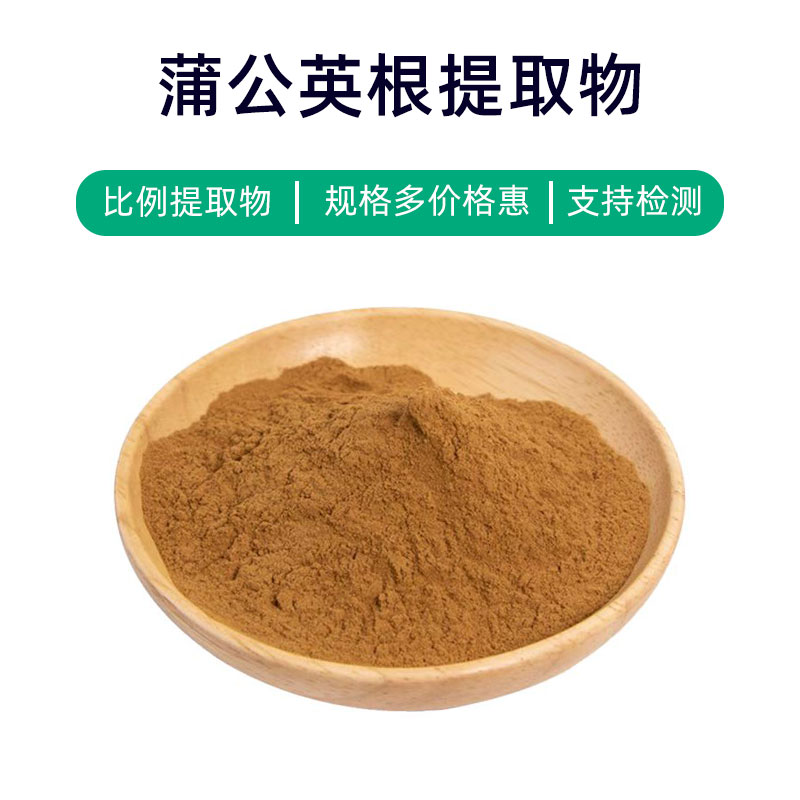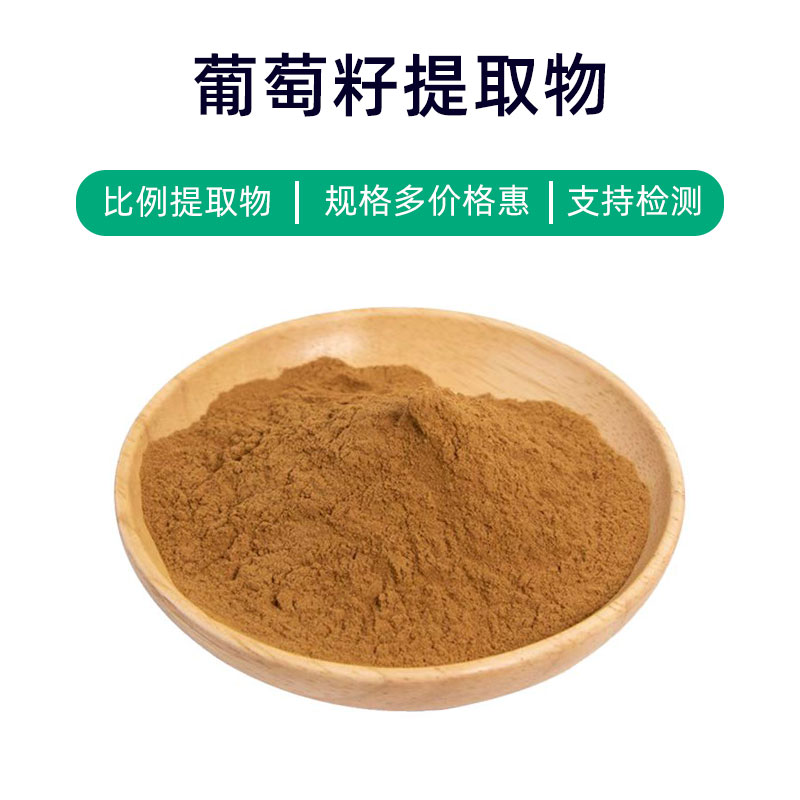Stinking Sumac Extract Product Introduction
Stinking Sumac Extract is a natural plant extract derived from the bark or leaves of the stinking sumac tree, with primary ingredients including polyphenolic compounds, flavonoids, and tannins. These components give the extract various benefits and wide applications.
Firstly, Stinking Sumac Extract has antioxidant and anti-inflammatory properties, helping to reduce inflammation and inhibit the production of free radicals, thereby protecting cells from oxidative stress damage.
Secondly, the extract also exhibits antibacterial and antiviral activity, which can suppress the growth and spread of pathogenic microorganisms, assisting in the prevention and treatment of diseases associated with bacterial and viral infections.
Additionally, Stinking Sumac Extract has broad applications in skincare and beauty. It can alleviate skin inflammation, relieve itching, and discomfort while offering astringent effects that help improve skin texture, making it smoother and more refined.
In the medical field, Stinking Sumac Extract is commonly utilized in the preparation of oral dietary supplements and topical ointments for the treatment of inflammatory diseases and skin issues. In cosmetics, it is frequently found in skincare products, masks, shampoos, etc., providing moisturizing, antioxidant, and restorative functions to the skin.
In summary, Stinking Sumac Extract is a multifunctional natural plant extract with antioxidant, anti-inflammatory, antibacterial, antiviral, and skincare benefits, suitable for widespread use in pharmaceuticals, dietary supplements, and cosmetics.
Stinking Sumac Extract Production Process
The production process of Stinking Sumac Extract generally includes the following main steps:
- Raw Material Collection and Processing: Fresh stinking sumac bark or leaves are collected as the extraction raw material. The collected materials must be cleaned and processed to remove impurities and dried to an appropriate moisture level.
- Selection of Extraction Method: The extraction method is a critical step, commonly involving water extraction, alcohol extraction, supercritical fluid extraction, etc. Choosing the suitable extraction method can maximize the yield of target components while preserving their activity.
- Extraction Process: The processed raw materials are combined with an appropriate solvent (such as water or ethanol) in extraction equipment to undergo the extraction process. During extraction, parameters such as temperature, pressure, and extraction time can be controlled to enhance extraction efficiency and component purity.
- Concentration and Separation: After extraction, the extract usually undergoes concentration to remove excess solvent and concentrate the target components. The concentrated solution can then separate the target components using techniques like distillation, crystallization, or freeze-drying.
- Refinement and Purification: The obtained extract may contain impurities and requires further refinement and purification. This involves various separation techniques (such as column chromatography or gel filtration) to enhance the extract's purity and quality.
- Testing and Quality Control: Throughout the production process, quality testing and control of the extract are necessary to ensure it meets relevant standards and regulations. Common testing methods include High-Performance Liquid Chromatography (HPLC), Gas Chromatography (GC), and UV-Vis spectroscopy.
- Packaging and Storage: Finally, the extract is packaged and labeled with relevant product information and quality standards. Proper storage methods must be utilized to protect the product from light, moisture, and high temperatures to maintain quality.
Effects and Side Effects of Stinking Sumac Extract
Stinking Sumac Extract is a commonly used traditional Chinese medicine with various effects:
- Anti-inflammatory Effects: Stinking Sumac Extract contains multiple active components that provide excellent anti-inflammatory properties, alleviating inflammation, pain, and swelling.
- Antibacterial and Antifungal Effects: Studies indicate that Stinking Sumac Extract exhibits inhibitory effects against various bacteria and fungi, making it useful for treating infections caused by bacteria or fungi.
- Antioxidant Effects: Rich in antioxidants, Stinking Sumac Extract helps eliminate free radicals and reduce oxidative stress on cells, displaying anti-aging and health-promoting properties.
- Antitumor Effects: Some studies suggest that the active components in Stinking Sumac Extract have certain antitumor activities, inhibiting the proliferation and metastasis of tumor cells, aiding in the treatment and prevention of tumors.
- Immune Function Regulation: Stinking Sumac Extract can modulate the immune system, enhancing resistance and increasing immune cell activity, which is beneficial for preventing infectious diseases.
- Lipid and Blood Pressure Reduction: Some research reveals that Stinking Sumac Extract can regulate blood lipids and blood pressure, lowering lipid levels and blood pressure, contributing to the prevention of cardiovascular diseases.
- Digestive Promotion: Stinking Sumac Extract has protective effects on the digestive system, stimulating the secretion of digestive juices, enhancing intestinal motility, and relieving indigestion and gastrointestinal disorders.
- Sleep Improvement: Certain studies indicate that Stinking Sumac Extract has calming and sedative effects, which can enhance sleep quality and alleviate insomnia and anxiety.
While Stinking Sumac Extract offers various benefits, individual differences and dose control should be considered during use to avoid potential adverse reactions. Long-term or excessive use may lead to digestive discomfort, allergies, or other side effects, so it is advisable to use it under the guidance of a healthcare professional.
Application Scenarios and Dosage of Stinking Sumac Extract
Stinking Sumac Extract has extensive applications in pharmaceuticals, food, and cosmetics:
- In the Medical Field:
- Anti-inflammatory and Pain Relief: Stinking Sumac Extract is often used in preparing anti-inflammatory and analgesic medications, such as oral solutions and soft capsules, to treat rheumatic pain, arthritis, and other painful conditions.
- Antibacterial and Anti-inflammatory: Due to its antibacterial properties, Stinking Sumac Extract is formulated in oral solutions and ointments for external use to treat skin infections, boils, and similar ailments.
- Immune Regulation: Some pharmaceutical brands incorporate Stinking Sumac Extract into immune-regulating medications to boost immunity and prevent colds and other diseases.
- In the Food Sector:
- Health Supplements: Stinking Sumac Extract is commonly used in health supplements, available in capsules, oral solutions, etc., to improve physical condition and enhance immunity.
- Functional Foods: Some products containing Stinking Sumac Extract, such as functional beverages and snacks, are gaining popularity as they are believed to help regulate bodily functions and promote health.
- In the Cosmetics Field:
- Skincare Products: Due to its antioxidant and anti-inflammatory properties, Stinking Sumac Extract is often found in skincare products, such as masks, lotions, and serums, to soothe the skin and reduce blemishes.
- Washing and Care Products: Some shampoos and shower gels containing Stinking Sumac Extract also have a market presence, attributed with antibacterial, anti-inflammatory, and dandruff control effects.
Dosage and Usage:
- In the Medical Field: Generally taken at doses recommended by a physician, with common forms including oral solutions and capsules.
- In the Food Sector: Follow the dosage instructions on the product label, typically taken 1-3 times daily, with each serving being 1-2 capsules.
- In the Cosmetics Field: Use according to the product label instructions, generally applied to clean skin and massaged until fully absorbed.
It is advisable to conduct a patch test for skin sensitivity before using any product to avoid allergic reactions. Additionally, special populations, such as pregnant or nursing women and infants, should consult a healthcare professional before use.
Introduction, Distribution, and Growth Environment of the Source Plant of Stinking Sumac Extract
Stinking Sumac (Scientific Name: Ailanthus altissima) is a deciduous tree belonging to the Simaroubaceae family. Below is an introduction to the source plant, its distribution, and growth environment.
- Plant Introduction:
- Appearance Characteristics: Stinking Sumac is a tall tree that can grow 20-30 meters high, with a broad crown and gray bark that appears irregularly broken.
- Leaf Characteristics: The leaves are odd-pinnate compound leaves composed of 11-25 leaflets, which are opposite, oval to elliptic in shape, with serrated edges.
- Flower Characteristics: The flowering period is from May to June, with small yellow-green flowers gathered in panicles at the top of branches.
- Fruit Characteristics: The fruit is a samara, with flat, round seeds featuring brown wings that disperse in the air, resembling maple fruits.
- Distribution:
- Native Habitat: Stinking Sumac is native to China and primarily distributed in regions north of the Yangtze River, including provinces such as Shanxi, Henan, Hubei, and Hunan.
- Introduced Areas: Due to its rapid growth and adaptability, Stinking Sumac has been introduced worldwide, including North America, Europe, and Australia, and has become an invasive species in certain areas.
- Growth Environment:
- Soil Adaptability: Stinking Sumac is not particularly demanding concerning soil and can thrive in various soil types, including sandy and clay soils.
- Moisture Requirements: It is not highly dependent on moisture, demonstrating drought resistance while tolerating humid conditions.
- Light Conditions: It prefers full sunlight but can adapt to semi-shaded environments to some extent.
- Growth Rate: Stinking Sumac grows rapidly and is highly adaptable, often thriving in relatively harsh environments.
In summary, Stinking Sumac is a drought-resistant, cold-tolerant tree with broad adaptability to various soil types and growth environments, distributed in China and other regions globally. Its rapid growth characteristics also provide significant convenience for artificial cultivation and introduction.
Processing and Storage of Stinking Sumac Extract
The processing and storage of Stinking Sumac Extract are crucial steps to ensure product quality and effectiveness.
- Processing Steps: Stinking Sumac Extract is typically obtained through water extraction, alcohol extraction, or supercritical fluid extraction methods. During processing, it is essential to control extraction temperature, duration, and solvent concentration to maximize the yield of effective components and ensure product quality.
- Storage Conditions: Once extraction is complete, Stinking Sumac Extract should be stored in a dry, cool, and light-protected environment to prevent direct sunlight and moisture from affecting its quality. It is generally recommended to use sealed containers for storage and to keep it in a low-temperature setting to extend shelf life and stability.
- Moisture and Sunlight Protection: During storage, it is crucial to avoid moisture or exposure to sunlight, which may lead to product degradation or loss of active components. Therefore, a dry and well-ventilated environment should be selected, and the container should be tightly sealed after product closure to prevent moisture intrusion.
- Regular Inspection: Periodic inspections of the stored extract should be conducted to check for any changes in appearance or odor, as well as signs of off-odors or mold. If any abnormalities are detected, appropriate action should be taken promptly.
By employing scientific processing and storage methods, the quality and active components of Stinking Sumac Extract can be effectively preserved, ensuring its efficient application in pharmaceuticals, health supplements, and other fields.
Monica Sun is a seasoned expert in the plant extraction industry with over a decade of experience in research and production. She specializes in the extraction and purification of plant active ingredients, focusing on driving innovation in natural product applications. Monica has participated in the development of multiple functional plant extracts, delivering high-value natural raw material solutions for the health food, pharmaceutical, and dietary supplement sectors.









